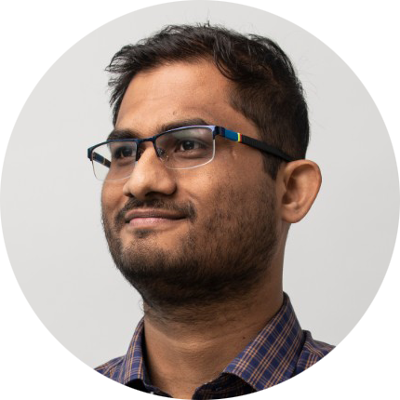
Together with sponsor Catalyst Analog Devices, Tyndall celebrates the winners and finalists of the 2019 Postgraduate Publication of the Year .
Dr. Fatima Gunning, Senior Staff Researcher & Acting Head of Graduate Studies at Tyndall, praised the entries, saying: "This was an exceptionally competitive year with outstanding articles and publications in a cross-section of high-impact journals showcasing Tyndall’s research breadth and excellence."
Mike Morrissey, Technology Manager, Analog Devices echoed this:
“The long-term and strategic partnership between Analog Devices and Tyndall provides continuity of innovative research capability as well as access to a diverse and world-class talent pipeline. We are delighted to sponsor the Postgraduate Publication of the Year as it exemplifies the excellent deep-tech research Tyndall is renowned for and is aligned with core technologies of mutual interest for communications, energy, agri-tech and advanced manufacturing”
To help inspire other postgraduate students, both in Tyndall and those around the globe, we decided to profile this generation's future research leaders.

Winner
“Exploring the Potential of c‑Plane Indium Gallium Nitride Quantum Dots for Twin-Photon Emission”, Saroj Kanta Patra and Stefan Schulz, ACS Nanoletters 2020, 20, 234−241.